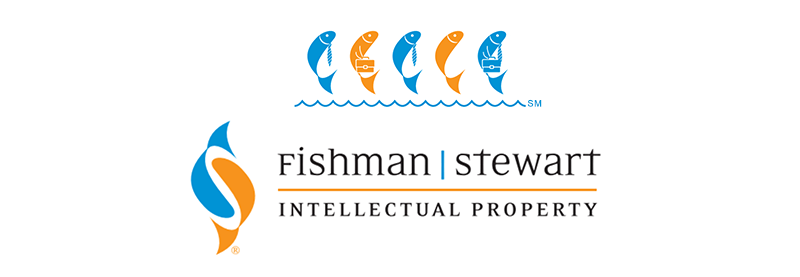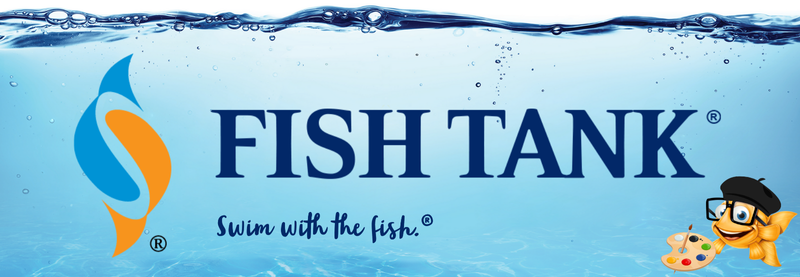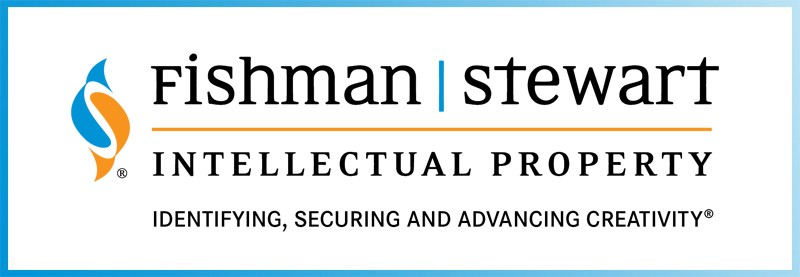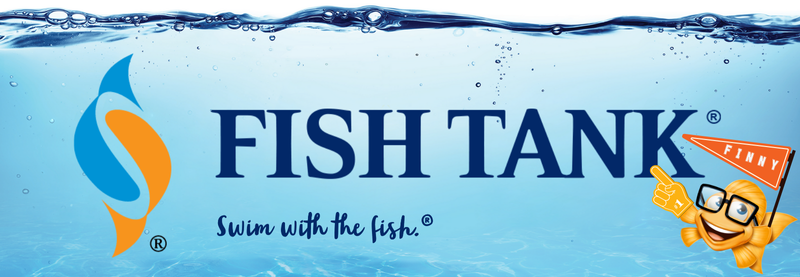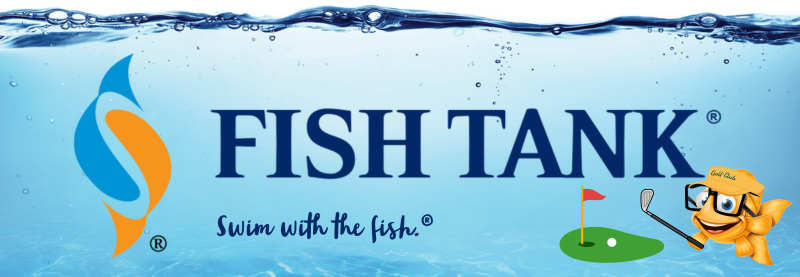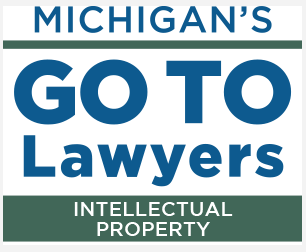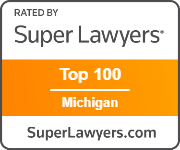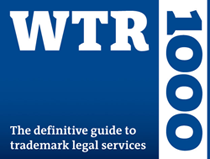Intellectual Property Insights from Fishman Stewart PLLC
Newsletter – Volume 23, Issue 2
Share on Social
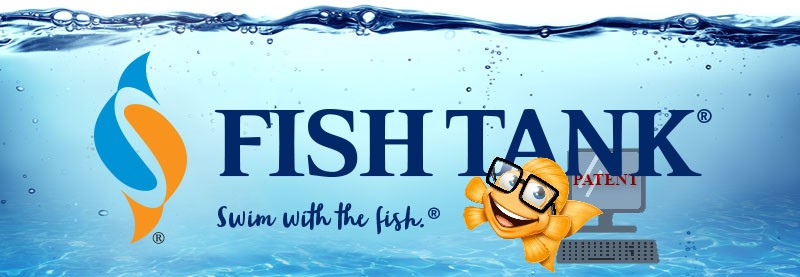
2022 Recap – Largest Patent Damages Awards
By Art Hallman
1. VLSI Technology LLC v. Intel Corp.: VLSI was awarded $948 million after a federal jury in Texas found that Intel infringed VLSI’s U.S. Patent No. 7,606,983 (“the ‘983 Patent”). The ‘983 Patent relates to microchip technology and, specifically, to improved computer processor performance via an improved transaction ordering policy in which individual occurrences of access requests can specify whether or not the associated transaction is to be performed in order. In lay terms, the technology improves computer performance by putting computer processor traffic “in the fast lane.” Less buffering means more binge watching!
2. Complete Genomics v. Illumina: Complete Genomics (“CG”) was awarded $333.8 million after a federal jury in Delaware found that Illumina infringed CG’s U.S. Patent No. 9,222,132 (“the ‘132 Patent”) and U.S. Patent No. 10,662,473 (“the ‘473 Patent”). The ‘132 Patent and the ‘473 Patent relate generally to DNA sequencing. These types of genetic sequencing technologies are used in research dedicated to treating a wide range of conditions and diseases, including autism, aging, and eating disorders.
3. Ravgen Inc. v. Laboratory Corporation of America: Ravgen was awarded $272.5 million after a federal jury in Texas found that Labcorp infringed Ravgen’s U.S. Patent No. 7,332,277 (“the ‘277 Patent”). The ‘277 Patent is directed towards methods for detection of genetic conditions like Down syndrome and noninvasive methods of detecting such conditions in utero. Safe methods for early detection of genetic conditions allow parents and health care professionals to better monitor and treat the conditions, providing better quality of life for parents and their children.
4. United Services Automobile Association v. PNC Bank: United Services Automobile Association (“USAA”) was awarded $218 million after a federal jury in Texas found that PNC infringed USAA’s U.S. Patent No. 8,699,779, U.S. Patent No. 8,977,571, U.S. Patent No. 10,482,432, and U.S. Patent No. 10,621,559 (“the USAA Patents”). The USAA Patents relate generally to mobile banking technology for remote check deposit. Who doesn’t want to skip the long line at the bank?!
5. Trustees of Columbia University v. NortonLifeLock: Columbia University was awarded $185 million after a federal jury in Virginia found that Norton infringed Columbia University’s U.S. Patent No. 8,074,115 (“the ‘115 Patent) and U.S. Patent No. 8,601,322 (the ‘322 Patent). These patents relate generally to groundbreaking cybersecurity safeguards. More specifically, they are directed towards methods and systems for detecting anomalous program executions. Early detection is key—especially when it comes to malware!
It seems the high stakes technologies of 2022 involved genetics, computing, and banking. We can’t wait to see what 2023 brings! Also, while 2022 may have been a down year for patent damages awards, 2022 saw a record number of published patent applications—417,922 patent applications published at the US Patent and Trademark Office in 2022. This is an encouraging sign that investment in innovation remains a priority.
Wishing you a happy 2023!
Art Hallman is an associate attorney at Fishman Stewart and practices in the fields of patent, trademark, copyright, and trade secret law. Before attending law school, he worked as an engineer in the oil field service industry and the automotive industry. He holds an B.S. degree in electrical engineering and an MBA.
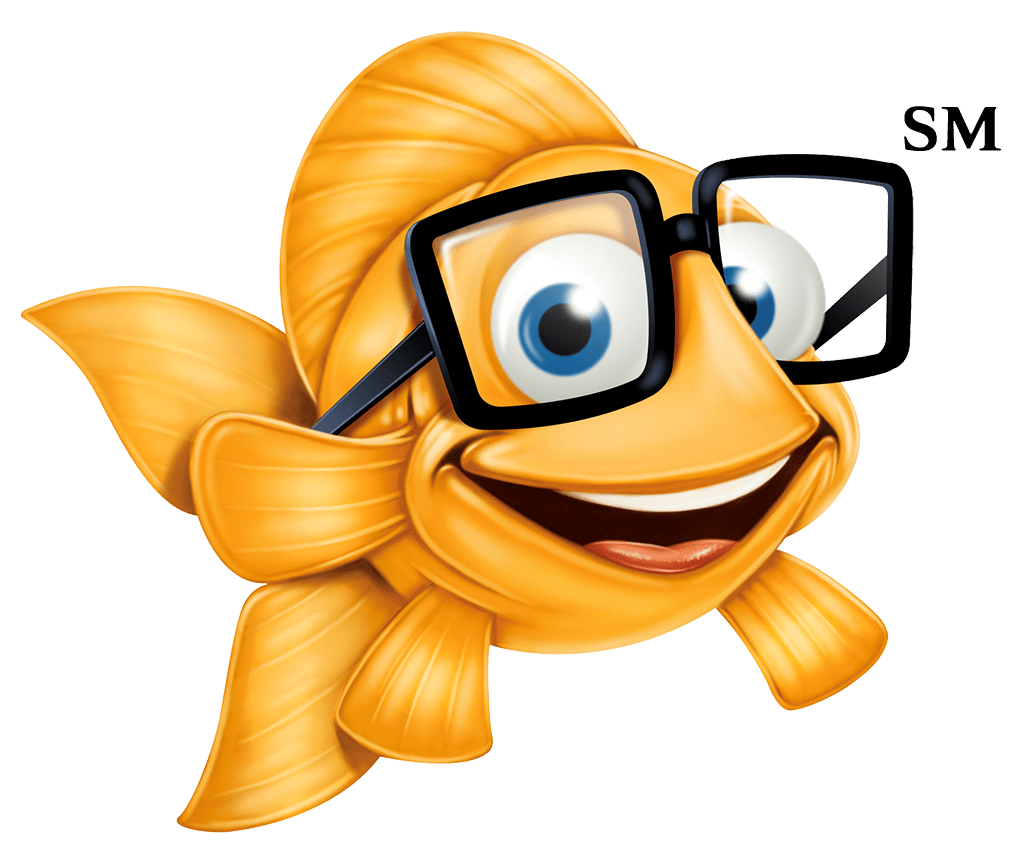
Related Content from Fishman Stewart
People have long pondered whether or not the Giza pyramids were indeed solely burial chambers, which was the only known, and archaeologically determined, use—until now.
As the story goes, Klein was so taken with the indescribable blue of the sky over the Mediterranean in Nice, France, that he dedicated his artistic talent developing a blue that would imbue the canvas with this color in its purest form.
Despite her pseudo-legal background in Suits, Meghan has been running into one issue after another in her efforts to register the trademark and logo for her new lifestyle company, for now, called “AS EVER”.
By 1930, efforts began in New York to replace Mother's Day with Parent's Day because men were more than just breadwinners. Those efforts didn't catch on, probably because in that era, women often spent more time in the home.
In February, Nike and Skims announced that they will be working together on a new brand, NikeSkims. The co-brand will create a new line of training apparel, footwear, and accessories specifically designed to meet the unique needs of women athletes.
Generally, federal courts have exclusive jurisdiction over copyright cases, and often, this presents an insurmountable paywall for individual artists and small businesses to vindicate their rights, especially where the value of the individual copyrighted works are relatively low.
Dedicated to raising public awareness about the importance of encouraging innovation and creativity throughout the world, the World Intellectual Property Organization (WIPO) annually observes World Intellectual Property Day on April 26 to showcase the role that patents, trademarks, industrial designs, copyrights and trade secrets play in our everyday lives.
Hold onto your foam fingers, sports fans – college sports just got a whole lot more interesting! The latest updates to Name, Image, and Likeness (NIL) rules are making student-athletes bigger than ever, and it’s not just about the game anymore.
Did a federal court in Louisiana recently decide that US copyrights are global rights? It seems so.
L.A.B. Golf aims to protect its innovations, and therefore its market position, owning three patents for its zero-torque design. The question now is whether L.A.B. Golf can withstand the wave of copycat designs.
IDENTIFYING, SECURING AND ADVANCING CREATIVITY®
